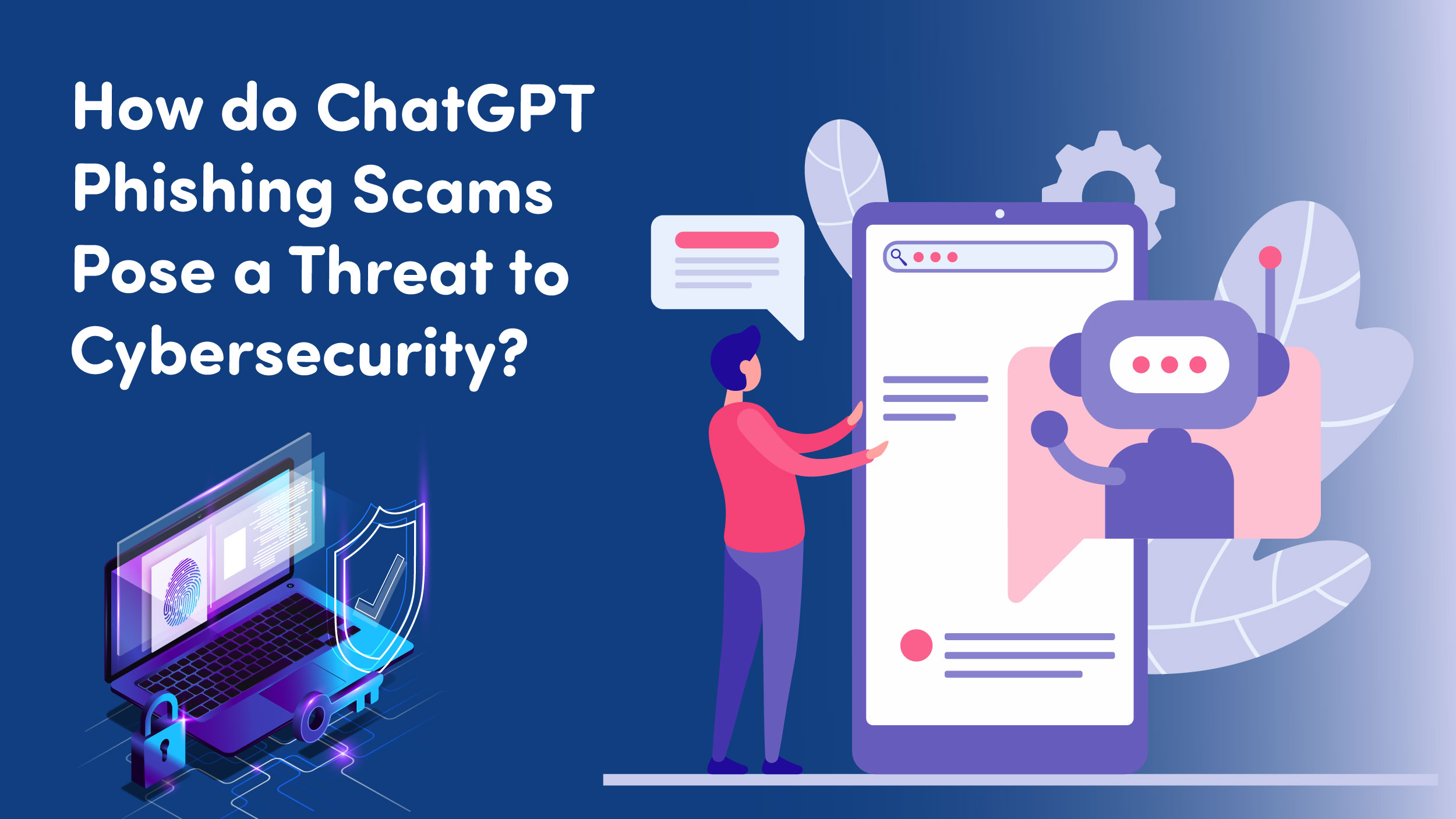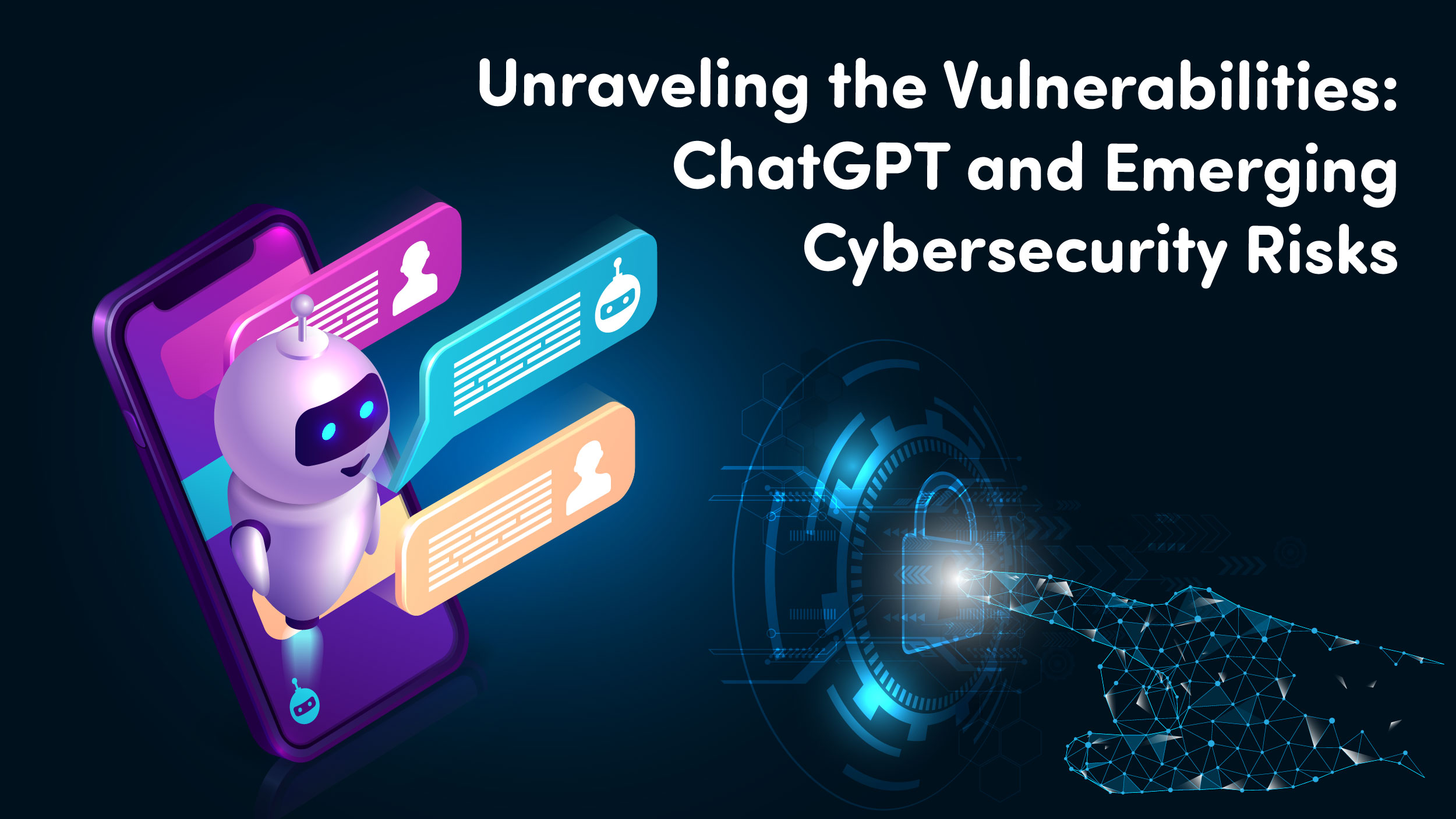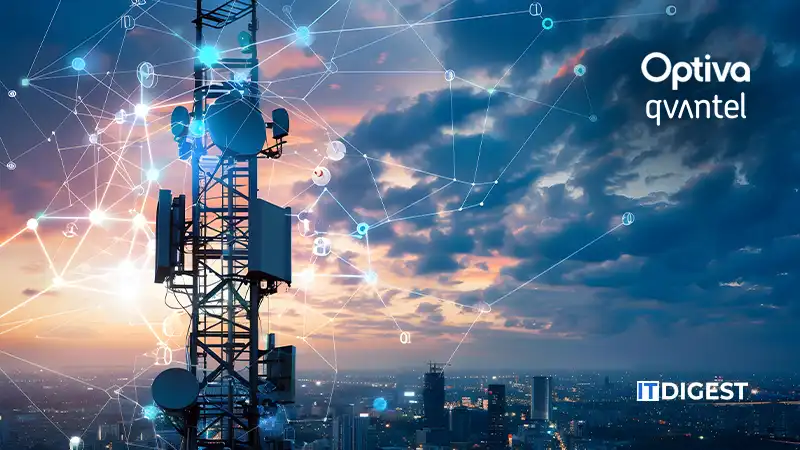Unless you’ve been living under a rock, you’ve heard about ChatGPT by now. It has transformed the AI landscape entirely changing the very dimension of how humans used to view AI tools. Millions of users were astounded by ChatGPT’s capabilities when OpenAI released its ground-breaking AI language model in November.
However, for many people, curiosity rapidly gave way to concerns about the tool’s ability to advance the agendas of fraudulent individuals. One major concern is the fact that ChatGPT creates additional entry points for hackers who might penetrate sophisticated cybersecurity tools.
The use of ChatGPT to break into cybersecurity is increasing every year. Let’s understand how ChatGPT and cybersecurity are linked together.
ChatGPT in cybersecurity
Understanding the transition of the “Wow Bot” to “Killer Bot”.
With a 38% global increase in data breaches in 2022, executives must recognize the growing influence of AI and take necessary measures to safeguard their organizations from emerging cybersecurity threats.
Hackers are probably using AI for threat detection and incident response in the same way as security researchers and operators. In fact, in the early stages of NLP-powered AI systems like ChatGPT, attackers have perhaps benefited the most out of anyone.
We are aware that threat actors are already exploiting ChatGPT to create polymorphic malware, which frequently mutates to avoid detection. Although the tool’s ability to write good quality code is now inadequate, these applications evolve quickly.
Future versions of specialized “coding AI” could hasten malware development and improve its functionality.
Many hackers already specialize in particular attack methods like social engineering or phishing campaigns. In the future, AI will assist them in automating significant aspects of their workflow and allowing them to quickly exploit flaws rather than waiting days to do so.
The early days of ChatGPT saw users discovering new methods to exploit the technology for both good and bad purposes, as is the case with all significant advancements.
Despite this, the sophistication and power of AI-based solutions will only increase. The National Institute of Standards and Technology (NIST) has started creating an AI Risk Management Framework to offer instructions and procedures for reducing the risks associated with using AI.
How do ChatGPT Phishing Scams Pose a Threat to Cybersecurity?
 Cybercriminals might employ ChatGPT to produce more convincing phishing emails than they would otherwise. These emails would not have any grammatical or spelling faults, and they would be able to imitate the tone of authentic communications from reliable sources.
Cybercriminals might employ ChatGPT to produce more convincing phishing emails than they would otherwise. These emails would not have any grammatical or spelling faults, and they would be able to imitate the tone of authentic communications from reliable sources.
This could result in a rise in phishing scams and make it harder for users to recognize phishing emails. Notably, phishing has been identified as the most prevalent IT threat in America by the FBI’s 2021 Internet Crime Report.
Cybersecurity executives must provide their IT departments with technologies that can identify ChatGPT-generated emails in order to counter this risk. Additionally, they could educate their employees on how to spot phishing emails and ensure that they are aware of the risks posed by AI-enabled phishing frauds.
Cybersecurity executives can aid in defending their firms against phishing scams produced by AI by implementing these actions.
Decoding the Impact of ChatGPT in Cybersecurity
Initially, when ChatGPT was released, every coder had the same question – Can Chatgpt be used for coding? As we know now, the answer is yes. Cybercriminals must have had the same question, right? Turns out the answer to that is also a big YES.
It is undoubtedly possible to manipulate ChatGPT, and with enough inventive probing and prodding, malicious actors might be able to fool the AI into producing hacking codes. It should come as no surprise that hackers are already doing this.
For instance, the Israeli security company Check Point recently stumbled onto a message from a hacker who claimed to be testing the chatbot to simulate malware strains on a well-known underground hacking site. If one of these threads has already been found, it is logical to assume that there are a lot more in both the public and “dark” webs.
ChatGPT and Cybersecurity: Misuse by Cybercriminals
Since the arrival of ChatGPT, both experienced and novice cybercriminals have been exploiting it to impair cybersecurity postures.
On December 21st, 2022, a threat actor sent a Python script, emphasizing that it was the first script he had ever created.
When another cybercriminal pointed out that the style of the code is similar to OpenAI code, the hacker responded that OpenAI gave him a “good helping hand to finish the script with a great scope.”
According to the study, this might mean that aspiring cybercriminals with little to no programming experience could utilize ChatGPT to design hazardous tools and become full-fledged cybercriminals with the required technical knowledge.
Despite the fact that the tools we evaluate are relatively basic, cybersecurity researchers predicted that it won’t take long for more skilled threat actors to advance the way they use AI-based tools.
Unraveling the Vulnerabilities: ChatGPT and Emerging Cybersecurity Risks
 While the use of AI by malicious actors to attack external applications is well-discussed, ChatGPT’s vulnerability is frequently disregarded. If the AI is influenced and compromised, it may spread false information or biased viewpoints undercover, acting as a deadly propaganda tool. This raises concerns about the spread of false information and might necessitate greater government regulation of cutting-edge AI products and businesses like OpenAI.
While the use of AI by malicious actors to attack external applications is well-discussed, ChatGPT’s vulnerability is frequently disregarded. If the AI is influenced and compromised, it may spread false information or biased viewpoints undercover, acting as a deadly propaganda tool. This raises concerns about the spread of false information and might necessitate greater government regulation of cutting-edge AI products and businesses like OpenAI.
It is essential to monitor and conduct regular security inspections of AI products in order to mitigate the dangers related to ChatGPT and the booming generative AI space. Before releasing new AI models to the public, there should be a minimum standard of security precautions.
With the introduction of ChatGPT and the growth of the market for generative AI, it has become crucial to set up checks and balances to stop technology from becoming excessively potent. We need to rethink the fundamentals of AI with a programming core that forbids manipulation and ensures ethical capabilities.
We can establish a secure and moral framework for generative AI by enforcing neutral standards and holding developers responsible.
Winding Up
While it is critical to address the cybersecurity concerns associated with ChatGPT, it is also important to recognize the benefits and the possibility of improved cybersecurity.
With its sophisticated language processing capabilities, ChatGPT can be a useful tool for detecting and reducing online threats. It can help cybersecurity professionals uncover possible vulnerabilities and create proactive protection measures by analyzing massive amounts of data and spotting trends.
Additionally, ChatGPT can be used to improve user education and knowledge of cybersecurity best practices. Users can learn about potential threats and how to protect themselves online through dynamic and engaging experiences that can imitate real-world circumstances. This gives people the power to decide what to do and proactively protect their digital assets.
ChatGPT can positively impact cybersecurity with the appropriate strategy, paving the way for a more robust and secure digital future.

































